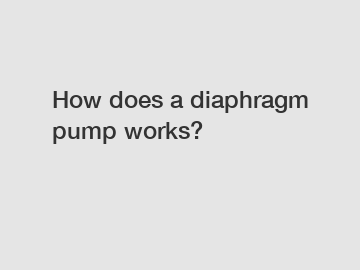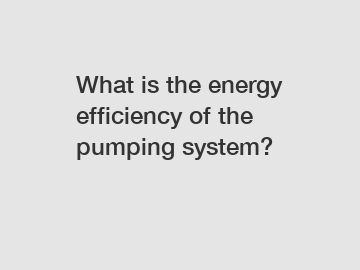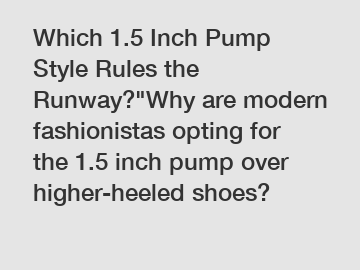How does a diaphragm pump works?
How Does a Diaphragm Pump Work?
Diaphragm pumps are widely used in various industries for their ability to efficiently and effectively move fluids. These pumps are often used for tasks such as transferring liquids, emptying tanks, and dosing chemicals. If you've ever wondered how these pumps work, this article will provide a comprehensive explanation of their working mechanism.
Diaphragm pumps, also known as membrane pumps, operate using a flexible diaphragm that moves back and forth to create suction and compression. The diaphragm acts as a barrier between the liquid or gas being pumped and the mechanism creating the pumping action. This design makes diaphragm pumps ideal for handling delicate or sensitive liquids, as they avoid direct contact between the fluid and the pump mechanism.

Understanding the Operation of Diaphragm Pumps.
1. Suction Stroke: During the suction stroke, the diaphragm moves away from the pump chamber, creating a vacuum. As a result, pressure decreases inside the chamber, causing the inlet valve to open. The low-pressure environment allows the liquid or gas to enter the pump.
2. Compression Stroke: In the compression stroke, the diaphragm moves toward the pump chamber, causing the inlet valve to close. This motion increases the pressure inside the chamber, forcing the outlet valve to open and pushing the fluid or gas out of the pump.
Materials and Applications.
Diaphragm pumps are available in various materials, including metals, elastomers, and thermoplastics. This versatility allows them to handle a wide range of fluids, from corrosive chemicals to viscous liquids. Some common applications of diaphragm pumps include:
1. Chemical Industry: Diaphragm pumps are widely used to transfer corrosive chemicals safely. The pump's design ensures compatibility with a wide range of chemical compounds, offering reliable and efficient pumping performance.
2. Pharmaceuticals and Cosmetics: Diaphragm pumps are suitable for handling sensitive fluids in the pharmaceutical and cosmetic industries, as their non-contaminating design protects the product integrity.
Explore more:Is clipping bad for an inverter?
What are the cons of BIPV?
Which 2-inch diaphragm pump offers the best performance and value for a hassle-free purchase?
Demystifying Single Phase Power Inverters: All You Need to Know!
Which are the main steps of a flange management procedure?
What size solar inverter is best?
Which are the top 5 benefits of installing solar panels in buildings?
3. Food and Beverage: These pumps are commonly used for food and beverage processing, where hygiene is crucial. Diaphragm pumps can handle viscous fluids, such as syrups and sauces, without damaging the consistency and quality of the product.
Maintenance and Advantages.
Diaphragm pumps have several advantages over other types of pumps.
1. Self-Priming: Diaphragm pumps are self-priming, meaning they can create suction and lift fluids from a lower level without external assistance.
2. Dry Running: These pumps can withstand dry running without getting damaged. They are designed to handle situations where there is a lack of fluid flow temporarily.
3. Easy Maintenance: Diaphragm pumps are relatively easy to maintain and repair due to their simple construction and fewer moving parts. Regular inspection and replacement of diaphragms and valves ensure optimal performance.
Closing Thoughts.
In conclusion, diaphragm pumps offer a reliable and versatile solution for various pumping requirements. Their unique design allows for handling sensitive fluids without the risk of contamination. Whether it's transferring corrosive chemicals or pumping viscous substances in food processing, diaphragm pumps provide efficient and safe fluid handling capabilities. If you have any further queries or need assistance related to diaphragm pumps, please feel free to contact us.
[Contact Us].
For more information, please visit air operated diaphragm pump troubleshooting, diaphragm pump for sale, pneumatic powder pump.
Explore more:Which pneumatic pump offers the best value for money?
What is AC-coupled inverter?
Which cutting-edge technologies can revolutionize deep water hydro tests?
Which 5kW Solar Inverter Price is Fair: Fact or Fiction?
Which solar panel brand provides the best value for money?
Which single phase string inverter reigns supreme for residential solar installations?
What is the process of chemical cleaning?










